Material selection is a key step in the design process. For the selection of a specified part, the most important consideration is the function of the part and the related material properties that determine the function of the part. At the same time, it is also necessary to consider such components as characteristics and taboos, external conditions when using, critical conditions, service life and use mode, maintenance method, product size and dimensional accuracy, molding processing technology, production quantity, production speed, cost, raw material sources and economic benefits. These factors include two aspects, on the one hand, the use of environmental media and environmental conditions, such as the load and self-weight of the component, impact and vibration and other mechanical effects; contact with gases, liquids, solids and chemicals; the effects of exposure to atmospheric conditions (temperature, humidity, rainfall, sunlight, snow and ice, and harmful gases, etc.); effects of storage environmental conditions and long-term storage; in addition to the effects of static damage, it is also necessary to consider the deformation caused by friction heating, creep, molding shrinkage, stress relaxation, fatigue caused by repeated strain, mechanical property changes caused by high strain rate, and so on. On the other hand, during handling and operation, the product may be affected by external forces, even accidental external forces. Only when these factors are fully considered can the required comprehensive performance be defined.
For the details, please click Material Selection.
CN Mould & Plastic Ltd. provides tool solution based on below considerations.
CN Mould & Plastic Limited adopts the entire APQP process to maintain product quality. Our quality planning includes following steps and tools:
Risk assessment
Design and process FMEAs (Failure Mode and Effects Analysis)
Control Plan
Production trials
We proceed with the product development phase through APQP project management, starting with prototypes and pre-series tools, and following through to mass production. In addition, special checklists associated with relevant standards can be used, so that first article inspection (FAI) can be organized to define and check inspection standards related to products and processes according to PPAP. As the core process, control plan is an important part of effective APQP. It contains all the critical and important quality inspection features (process and product related) required for the entire production process.
The benefits of APQP we gain include:
Reduced costs
Improved product quality
Better risk management
Increased efficiency
Enhanced customer satisfaction

The choice of packaging materials should be determined according to the characteristics of the product itself, and take scientific, economic and environmental protection as the basic principles. CN Mould & Plastic Ltd. always determine the best packaging way for the specific products.
1. Plastic bag packaging
Plastic bag packaging is the most common way of packaging plastic parts. This packaging method is often used for small plastic parts, such as screws, nuts, etc. Plastic bag packaging is usually made of transparent or translucent plastic bags, which expand the bag by adding gas and play the role of buffer protection. In addition, plastic bag packaging is economical and practical and easy to label, transport and store.

2. Carton packaging
For plastic parts with large volume and fixed shape, carton packaging is often used. The carton can be customized according to the size of the plastic parts to ensure the stability and safety of the product. In the packaging process, we can also add an appropriate amount of filler, such as foam, bubble film, etc., to play a buffer protection role. In addition, carton packaging is conducive to transportation and storage, low cost, environmental protection.

3. Foam box packaging
Foam box packaging is a high-grade plastic packaging method, suitable for plastic parts that need high strength protection. The foam box is usually composed of two parts: internal foam and external cardboard, which can effectively cushion the impact and protect the plastic parts from damage. In addition, the foam box packaging has the characteristics of moisture-proof and shock-proof, giving the product more added value.


4. Other packing methods
In addition to the above common plastic packaging methods, there are some other ways, such as wooden box packaging, metal packaging, etc. These packaging methods are usually used for plastic parts with special shapes or special materials, which can meet the needs of different customers.

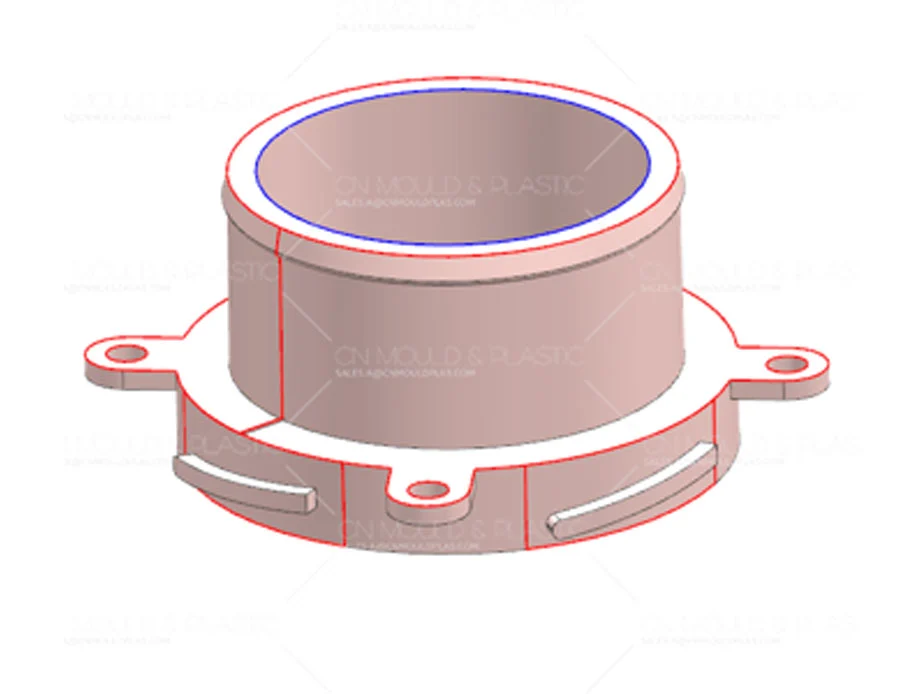
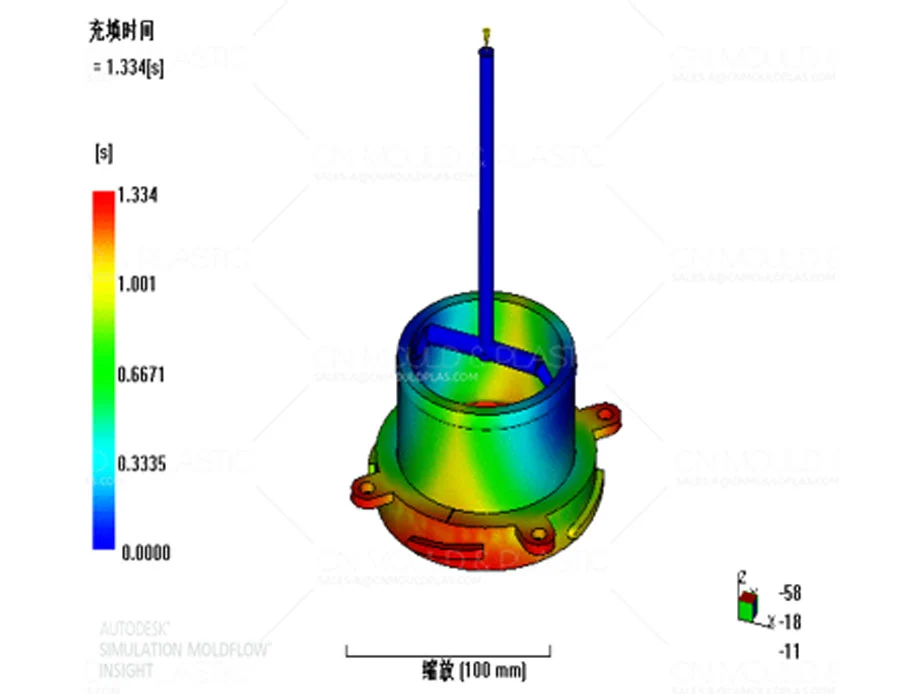

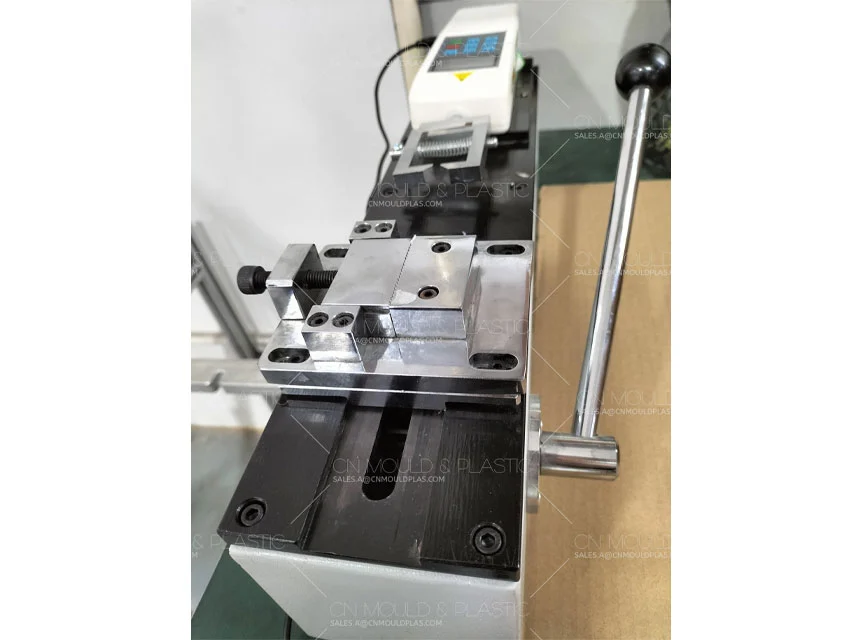
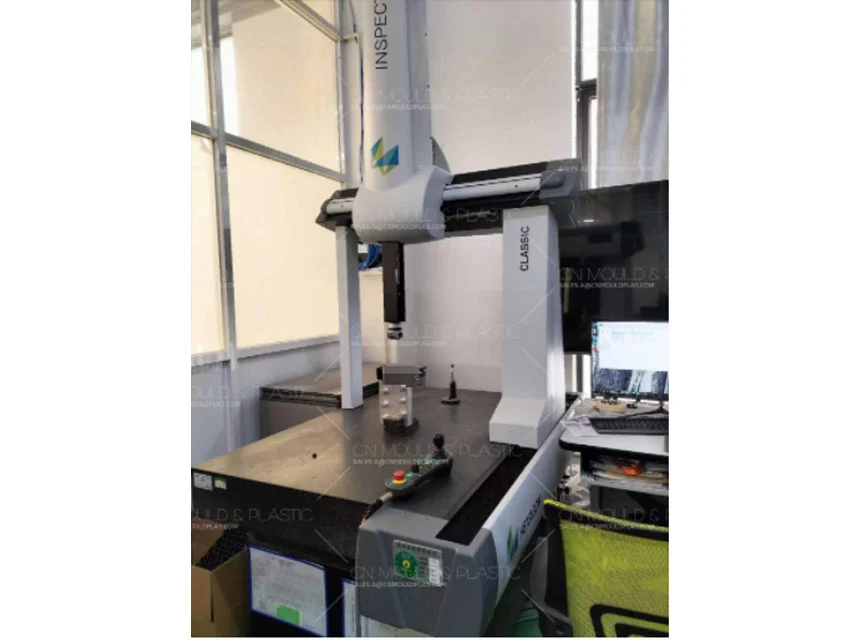
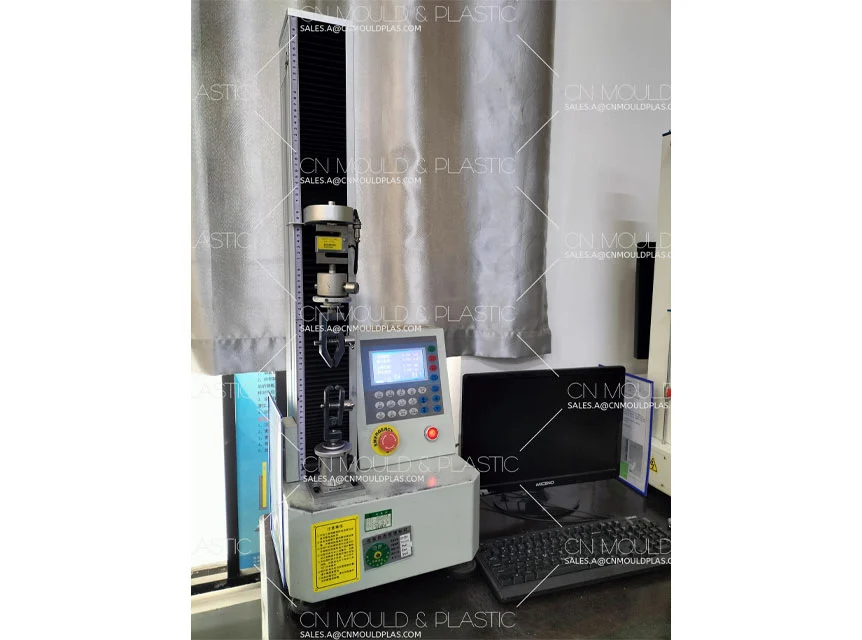


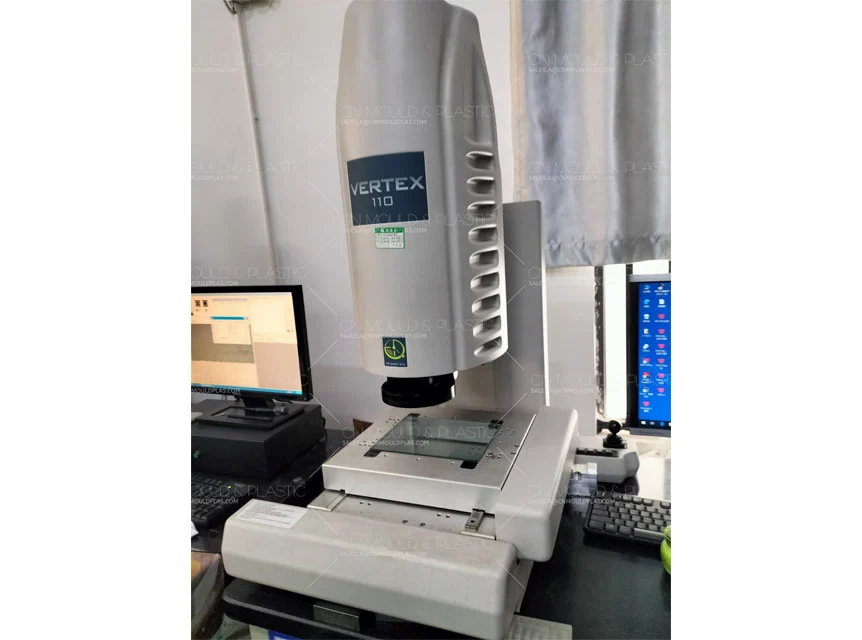

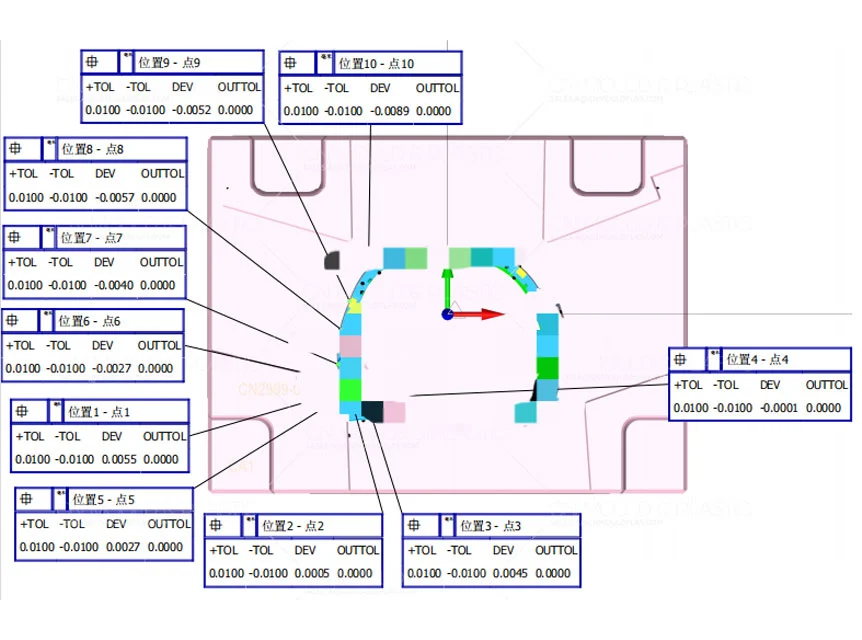
Sample validation runs for first article approval. First inspection is seen as an important preventive measure. Long-term practical experience has proved that the first inspection system is an effective measure to detect problems as early as possible and prevent products from being scrapped in batches. Through the first piece inspection, it can be found that systematic causes such as severe wear of the fixture or installation positioning errors, poor accuracy of the measuring instrument, incorrect reading of the drawing, feeding or formulation errors exist, so that corrective or improvement measures can be taken to prevent the occurrence of batch nonconforming products.
In CN Mould & Plastic Ltd., the first inspection adopts three inspection system: self-inspection, mutual inspection and special inspection. The products submitted for inspection must first be "self-inspected" by the operator, then "mutual inspection" by the team leader, and finally "special inspection" by the inspector and engineers, and the subsequent products can be processed after being confirmed as qualified. After the first inspection is qualified, it should finally be recognized by the full-time inspector, the inspector should mark the prescribed mark on the first product passed the inspection, and keep it until the class or a batch of products are processed (must keep samples of first products for the purpose of follow-up product comparison, to see whether the process has changed, and mark "√" with a marker to show that the first inspection has passed). If the first inspection fails, it is necessary to find out the cause, take measures, re-process and carry out three inspections after troubleshooting, until it is qualified, it can be determined as the first piece.
In order to ensure that products can meet customer needs and expectations, quality assurance is an very important link. CN Mould & Plastic Ltd. always follow certain steps detailed as below to ensure the effectiveness and accuracy of quality acceptance.


